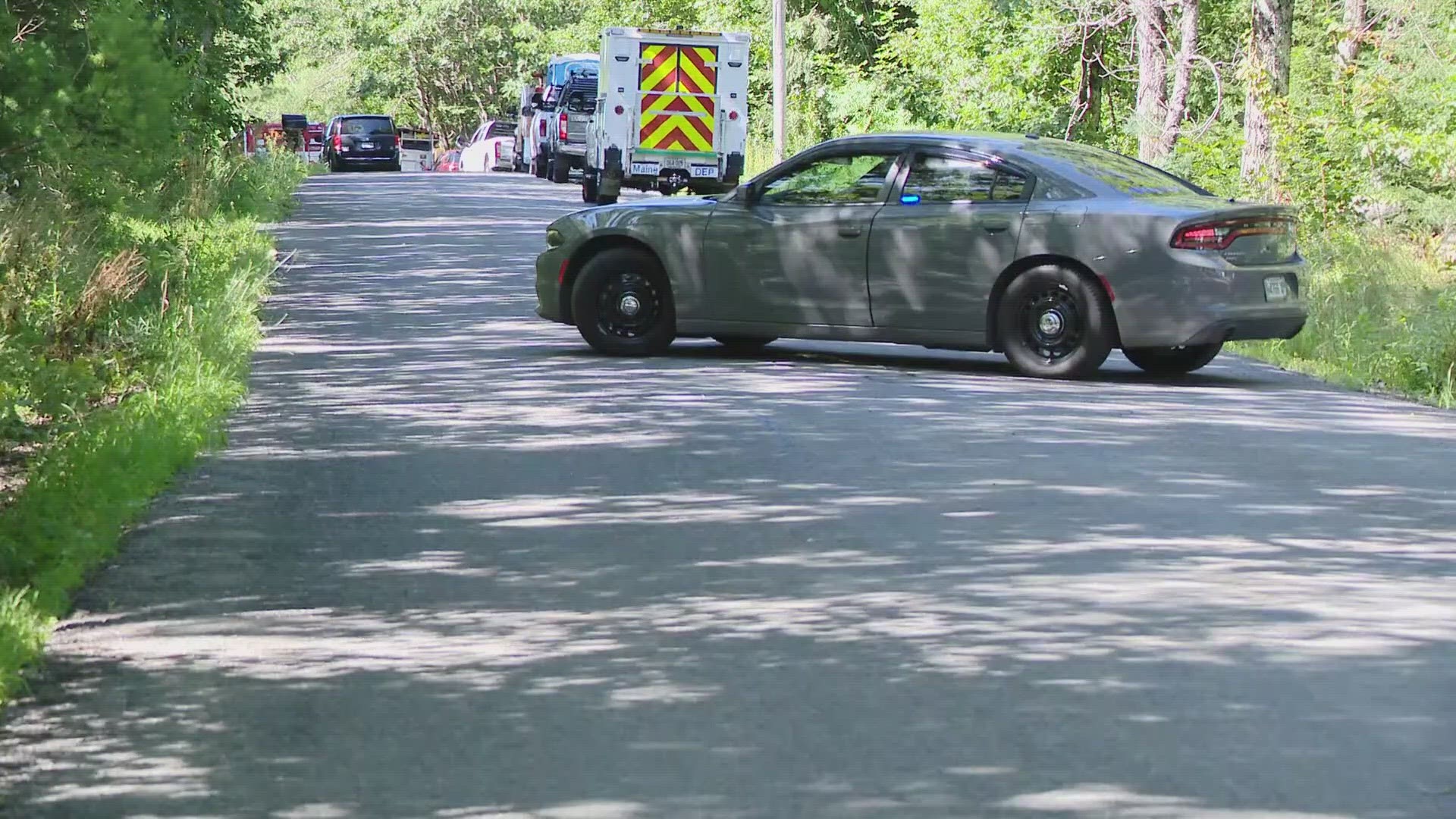LITCHFIELD, Maine — The two pilots who died in a plane crash during flight training in Litchfield on Tuesday have been identified.
James Shepard-Kegl, 69, of North Yarmouth was identified as the instructing pilot, and 37-year-old Jumaane Omar Stanley Melville of St. Petersburg, Florida, was identified as the student pilot, according to a news release issued Thursday by the Kennebec County Sheriff's Office.
The two pilots were the only people on the flight.
The crash happened at 5:40 p.m. Tuesday half a mile from Wales Airport in Litchfield, the NTSB said, adding the plane was a Beechcraft 99 operating as a part 135 cargo flight.
A preliminary report filed by the Federal Aviation Administration indicates the plane was operated by Wiggins Airways, with flight number WIG634. Wiggins Airways is a cargo airline based in Manchester, New Hampshire, that serves the Northeast. The aircraft that crashed Tuesday reportedly took off from Lewiston/Auburn at about 5:09 p.m. and was scheduled to arrive in Wales, Maine at approximately 5:40 p.m., according to a report from FlightAware.
In a news release issued Wednesday, a spokesperson from Wiggins Airways noted that the aircraft was leased by the company and had two crew members on board at the time of the crash.
"We are filled with sorrow at the passing of our flight crew members," Wiggins Airways President Donna Nixon said Wednesday. "The identities of the pilots will not be released out of respect to their families and friends. Our focus is on supporting their families and our employees through this difficult time.”
Ralph Hicks, a senior air safety investigator with NTSB, shared updates and fielded questions Wednesday afternoon during a press conference.
Hicks said two pilots were in the aircraft, but the preliminary investigation was not able to determine which pilot was flying at the time of the crash because the plane was being used for training, and flight controls were available to both pilots. There was also no black box on the aircraft, and the pilots were not in contact with air traffic control.
Hicks added the crash was a "high-energy impact," with an angle of about 25 degrees before it hit the ground, causing a wide debris field of 200 yards. No evidence of a fire in-flight or post-crash was found, Hicks said. The investigation is expected to last several months, while NTSB works to interview possible witnesses and look into maintenance records and both pilots.

